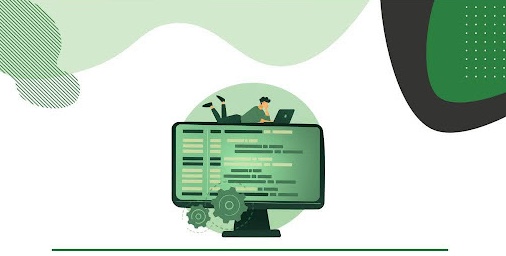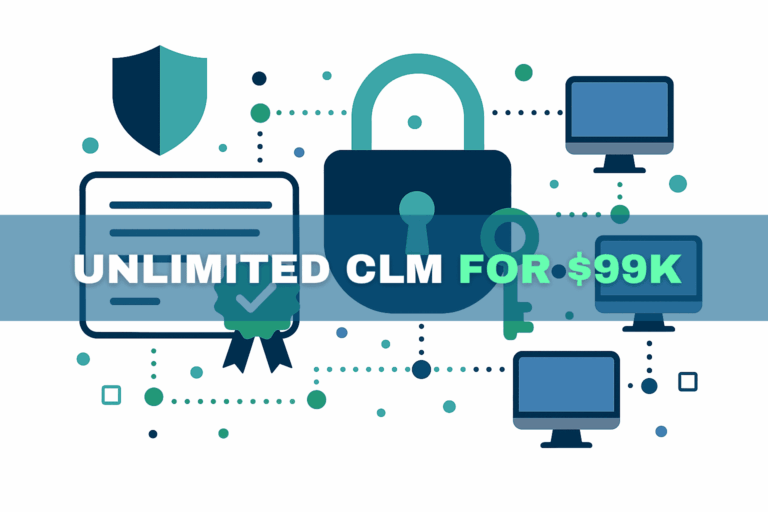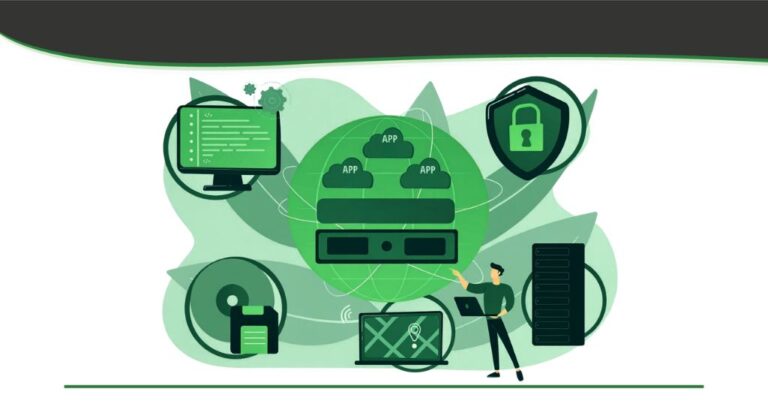In an era where a single exposed file or unauthorized API call can lead to a full-blown data breach, the need for Data Loss Prevention (DLP) has evolved far beyond just blocking USB drives or monitoring email attachments. Today, DLP is at the heart of application data security, acting as a bridge between compliance, risk mitigation, and operational resilience.
If your organization builds, maintains, or relies on web applications to handle sensitive data, DLP is no longer optional—it’s strategic.
What is Data Loss Prevention (DLP), Really?
Data Loss Prevention (DLP) refers to a combination of technologies, policies, and procedures designed to prevent the unauthorized access, movement, or sharing of sensitive information, whether it’s intellectual property, personal data, financial records, or trade secrets.
But effective DLP in 2025 goes beyond preventing accidental leaks. It now includes real-time detection, automated policy enforcement, and AI-driven pattern recognition, especially within cloud-native and API-first environments.
With Garantir’s cryptographic security framework embedded into the DLP stack, enterprises can ensure that sensitive data is always protected by high-assurance encryption, key management, and access control, no matter where it travels.
Why DLP is the Cornerstone of Application Data Security
Applications are the gateway to your most sensitive information. They process everything from credit card transactions to confidential HR documents. Here’s why data loss prevention is foundational for keeping them secure:
- Prevent Insider Threats: DLP can identify and stop unusual data access behavior before it escalates.
- Ensure Compliance: From GDPR to HIPAA, regulations are getting stricter. DLP enforces policies that keep your apps compliant.
- Protect Cloud Workloads: With most apps now running in hybrid or multi-cloud environments, DLP helps track and control data wherever it goes.
GaraTrust by Garantir complements these capabilities by providing secure, policy-enforced access to private keys and cryptographic operations. Whether you’re encrypting sensitive data or signing digital assets, GaraTrust ensures those operations occur securely and seamlessly, without ever exposing the underlying keys.
The DLP Ecosystem: Connecting the Dots with Other Security Layers
To truly be effective, DLP must work in tandem with other critical components of your security architecture:
- Web Application Firewalls (WAFs): Your WAF acts as the first line of defense, filtering out malicious traffic. When integrated with DLP and cryptographic controls like GaraTrust, you gain the ability to detect and block exfiltration attempts in real time, backed by tamper-proof logging and identity verification.
- Database Encryption: Even the best DLP system can’t prevent every breach. Garantir’s encryption framework, powered by GaraTrust, ensures data-at-rest remains unreadable without proper authorization, mitigating damage in worst-case scenarios.
- Application Layer Encryption: Application-layer encryption, especially when powered by client-side hashing from GaraTrust, protects data as it’s processed. This is crucial for SaaS platforms or apps handling sensitive health, financial, or legal data.
- Application Security Testing: Security testing tools identify potential vulnerabilities. By integrating these tools into the Garantir security ecosystem, developers can validate encryption, key access, and policy compliance automatically as part of CI/CD.
- API Security: APIs are a common vector for data leaks. When DLP is combined with GaraTrust’s cryptographic controls and secure API signing, every data transaction is tightly controlled, logged, and verified.
- Identity and Access Management (IAM): Garantir strengthens IAM by binding cryptographic actions to role-based permissions, ensuring that only approved users or services can access or manipulate sensitive data.
Real-World Scenarios: What DLP Helps Prevent
- Scenario 1: A disgruntled employee attempts to exfiltrate PII. DLP flags and blocks the action, while GaraTrust ensures export attempts cannot proceed without key authorization.
- Scenario 2: A misconfigured API exposes internal docs. DLP and cryptographic validation via GaraTrust trigger alerts and halt data flows instantly.
- Scenario 3: A third-party integration tries syncing sensitive data to an insecure server. DLP stops the sync, while Garantir’s zero-trust key policy enforcement ensures no cryptographic operation is allowed outside compliance scope.
Integrating DLP into DevSecOps Workflows
DLP needs to move at the speed of development. Here’s how it fits into modern pipelines:
- Policy-as-Code: Define DLP and encryption policies in config files or code. Garantir supports this via policy-enforced crypto operations.
- CI/CD Integration: Scan for secrets or sensitive data in builds, and enforce cryptographic signing of software artifacts using GaraTrust.
- Runtime Monitoring: Use AI to detect anomalies in user behavior and data flow, and automatically invoke secure key access policies to block suspicious actions.
How GaraTrust and Garantir Strengthen DLP Frameworks
Data loss prevention is only as strong as the cryptographic foundation beneath it.
Garantir’s GaraTrust enhances DLP efforts by:
- Keeping private keys secured in HSMs or secure key stores at all times.
- Enforcing client-side hashing, so data is never exposed during cryptographic operations.
- Offering fine-grained IAM integration, ensuring only verified identities can initiate data-signing, decryption, or export operations.
- Supporting high-performance cryptographic operations without slowing down workflows.
By embedding cryptographic controls at the heart of your data protection strategy, GaraTrust helps organizations go beyond reactive defense, and build true prevention into the infrastructure itself.
DLP isn’t about limiting productivity, it’s about building trust: with your users, your stakeholders, and your security team. When combined with web application firewalls, IAM, application-layer encryption, and trusted cryptographic controls like GaraTrust, data loss prevention becomes more than a policy, it becomes a strategic advantage. In 2025, the question isn’t if you need DLP. It’s how deeply integrated it is into your application architecture. And with Garantir, you can be confident your DLP strategy is powered by uncompromising cryptographic assurance, from development to deployment.


